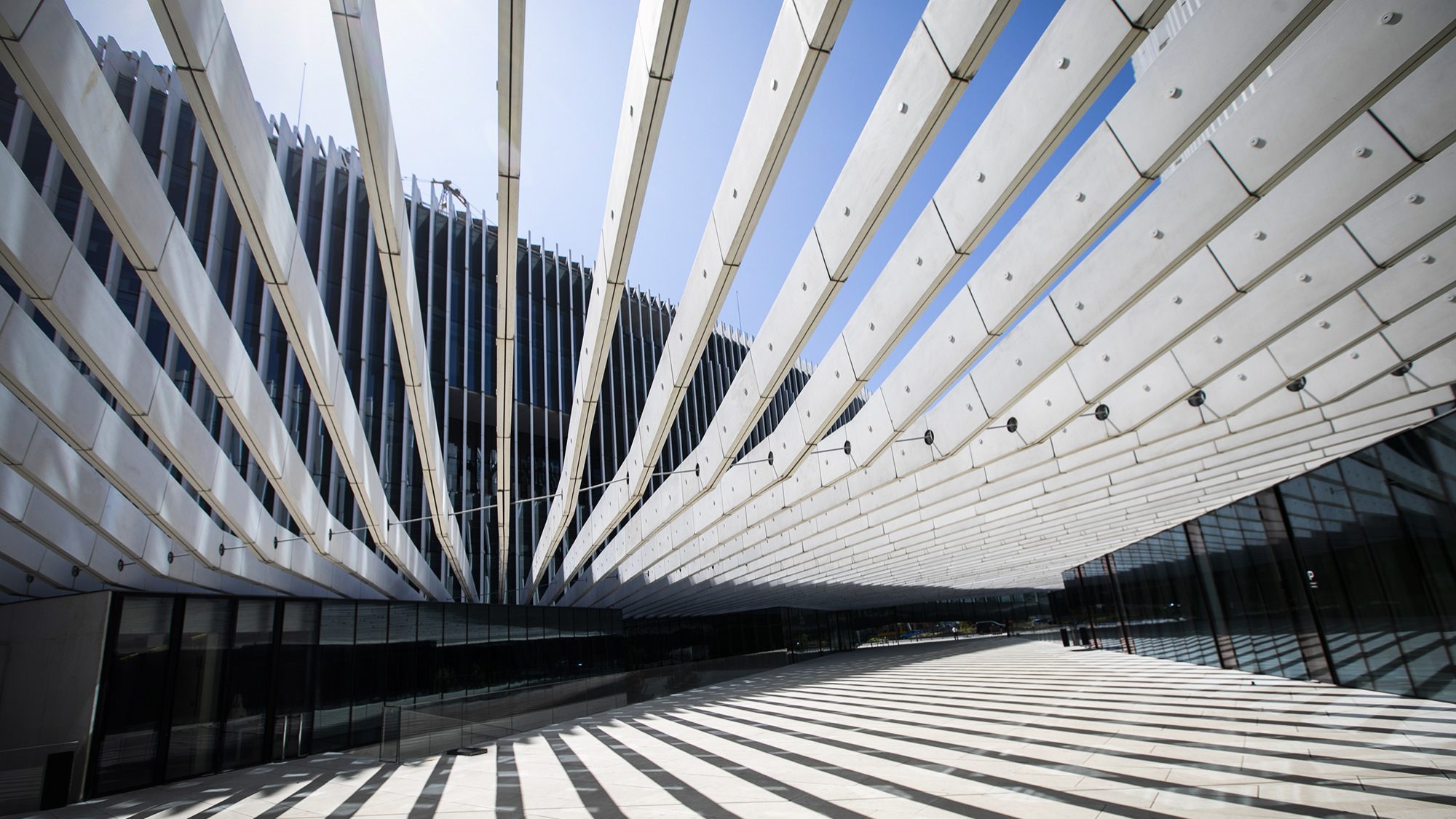Galp wants to get into US renewable energy market
"There is a huge ecosystem, huge demand, a very open investment structure," said Andy Brown, adding that Galp is still defining its entry strategy for the region.
Galp Energia wants to enter the renewable energy market in the United States, where it sees “huge” demand and in the White House an administration determined to focus on alternative energy, said the company’s chief executive, Andy Brown.
Galp announced on Wednesday that it will end prospecting and research for new oil and gas fields from the beginning of 2022, reiterating that by 2030 it aims to reduce absolute emissions from operations by 40%.In June this year the company said, during the ‘Capital Markets Day’, that it intends to allocate about 50% of its annual net investment of between 800 million and 1 billion euros in renewable energy, with technological and also geographical diversification.
In an interview with Lusa during the Web Summit in Lisbon, Brown said there are “three regions we are particularly interested in: Europe, Latin America and North America and we will look at them in that sequence.”
Galp is a leader in solar energy on the Iberian Peninsula after having, in September 2020, established a joint venture with Spain’s ACS to develop a portfolio of projects in Spain with a total power generation capacity of 2.9 gigawatts (GW), a status it reinforced in August this year with the acquisition of photovoltaic projects, also in Spain, with a capacity of 220 megawatts.
In October the company announced it will enter the renewable energy market in Brazil, with two solar projects with a total capacity of 594 MWp under development in the states of Bahia (282 MWp) and Rio Grande do Norte (312 MWp), which it considers will allow it to make an “important leap” in transforming its business profile and reducing its carbon footprint.
“We are clearly in the Iberian Peninsula and will examine other European countries if they are interesting. In Latin America, we are in Brazil and we will look at other countries in the region,” Brown explained to Lusa.
“And at some point, we will look to take a position in North America, that is the current strategy,” he advanced.
“It is true [that it is a fairly populated market] but in the Joe Biden administration there is a real determination to boost the penetration of renewable energy,” he stressed.
“There is a huge ecosystem, huge demand, a very open investment structure,” he said, adding that Galp is still defining its entry strategy for the region.
Regarding technological diversification in renewables, Brown confirmed that Galp has submitted a project under the Resilience and Recovery Programme for the lithium industry, in a consortium that he says is “the most viable and powerful in terms of combining companies to make this a reality”.
“We hope to be able to make an announcement about this soon, about the composition of the consortium and because we think we have the key pieces to position Portugal as a leader in the battery value chain,” he stressed.
Galp also sees huge potential in the area of green hydrogen, having set a target of 0.6 to 1 gigawatts (GW) of capacity by the end of the decade, rising to 100 megawatts (MW) in 2025.
“We believe we can make hydrogen from renewable energy as green hydrogen to reduce CO2 emissions and make the fuels we produce more sustainable”.
“That’s the core, but what we want to do is also be able to fuel heavy-duty trucks, buses within the Portuguese infrastructure, and we also want to work in partnerships on how we can use the core building block of fuels like ammonia, like methanol, like sustainable aviation fuels, because we believe hydrogen will become the new core of that fuel energy system.”
Galp’s CEO concluded that Portugal, “with low-cost renewable energy, has this opportunity to be very strong and to be a leader in that, and the government is very supportive of that.”


